The Ghost Army Awarded Congressional Gold Medal
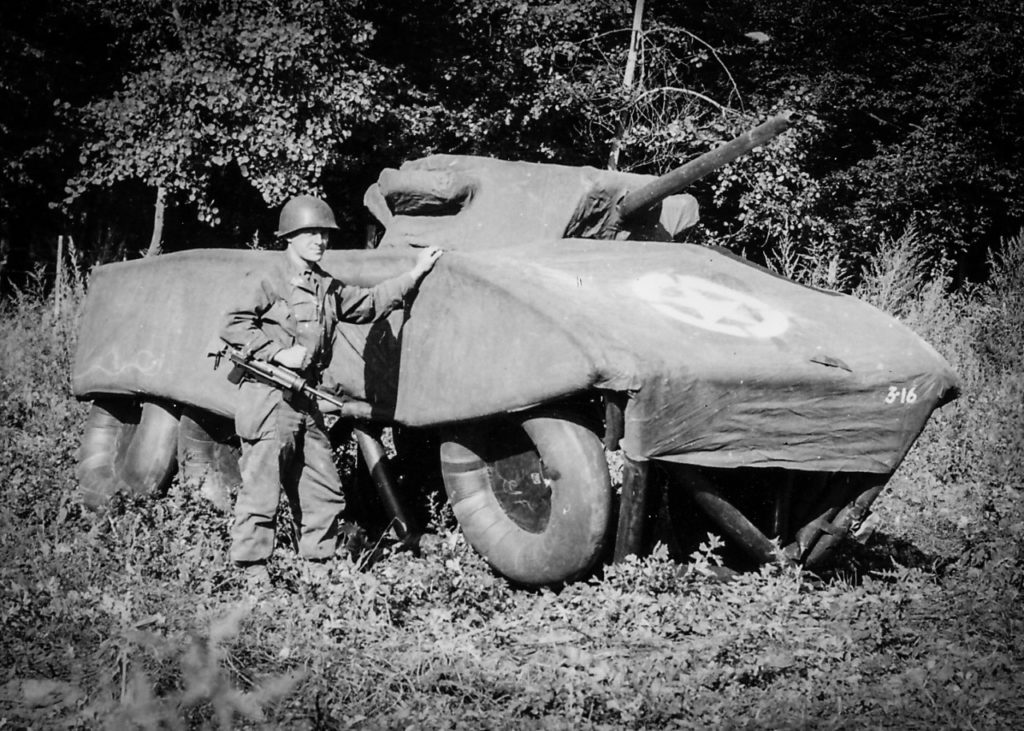
Activated on January 20, 1944, the unique and top-secret “Ghost Army” unit was comprised of 82 officers and 1,023 men. Under the command of Army veteran Colonel Harry L. Reeder, the group was capable of simulating two whole divisions (approximately 30,000 men) by using visual, sonic and radio deception to fool German forces during the final year of World War II. Armed with nothing heavier than .50 caliber machine guns, the 23rd took part in 22 large-scale deceptions in Europe from Normandy to the Rhine River, the bulk of the unit arriving in England in May 1944, shortly before D-Day.
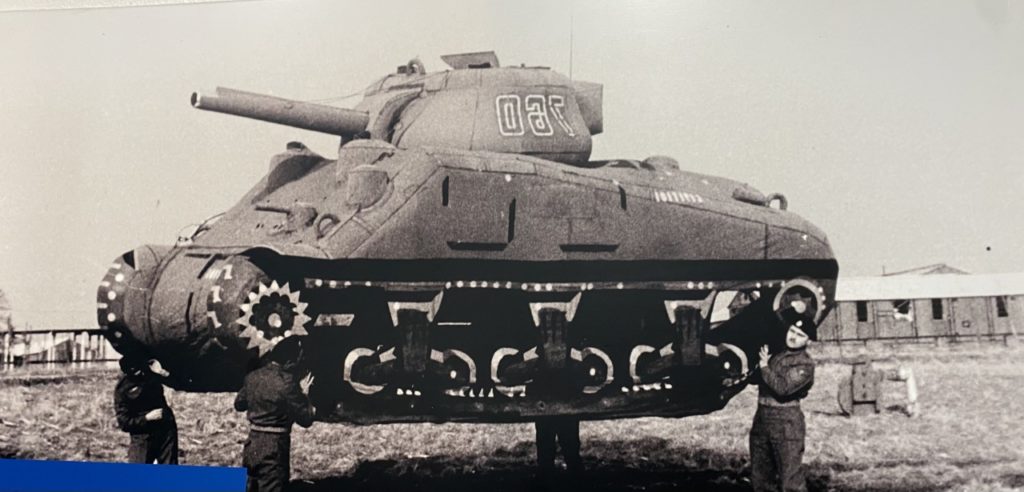
The Ghost Army consisted of a carefully selected group of artists, engineers, professional soldiers and draftees, including fashion designer Bill Blass, painter Ellsworth Kelly and photographer Art Kane. Many West Point graduates and former Army Specialized Training Program participants were assigned to the 23rd, and it was said to have one of the highest collective IQs in the Army.
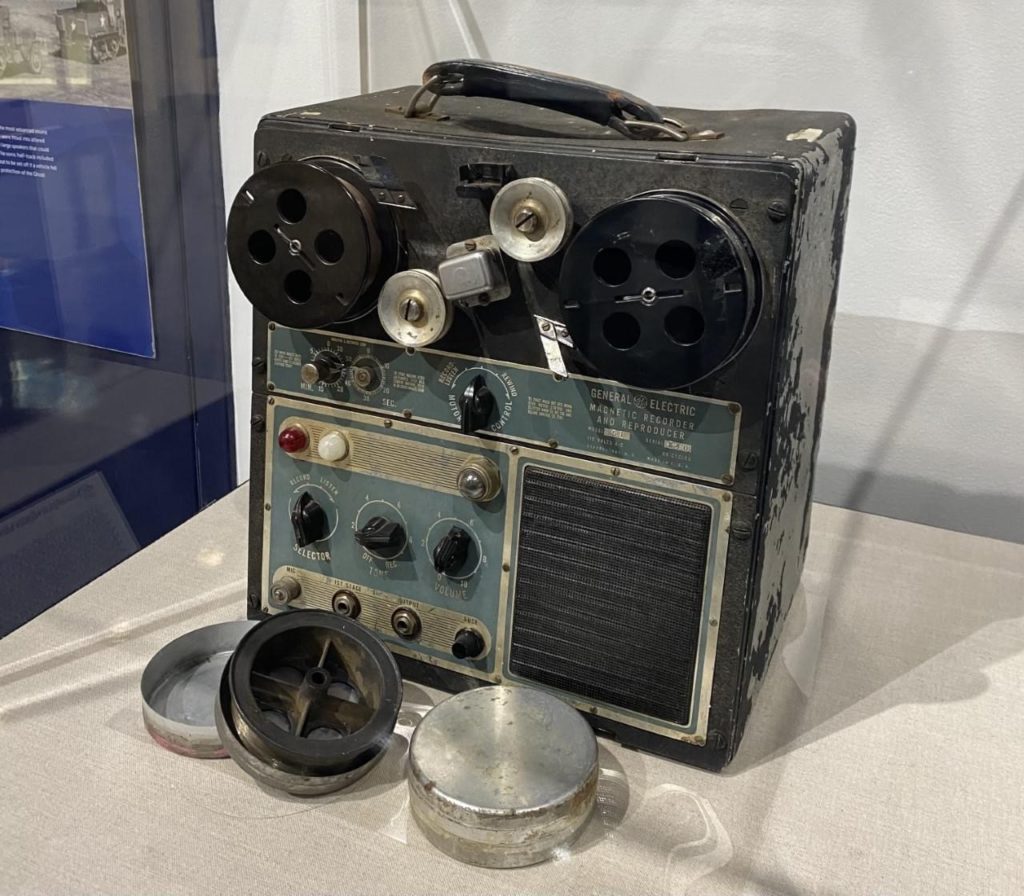
The unit waged war with inflatable tanks and vehicles, fake radio traffic, sound effects and even phony generals, using imagination and illusion to trick the enemy while saving thousands of lives. Along with the 3133rd Signal Service Company in Italy, the unit helped liberate Europe from the grip of Nazi tyranny.
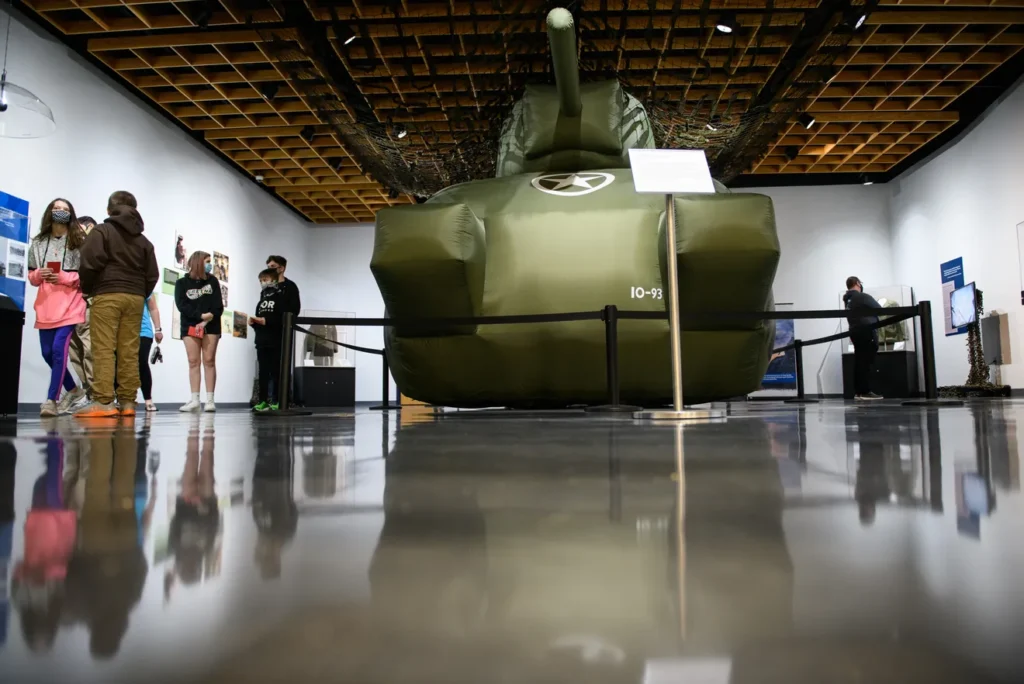
On March 21, 2024, three of the seven known surviving members of the Ghost Army attended a ceremony at the Whitehouse where they were awarded the Congressional Gold Medal: Bernard Bluestein, 100, of Hoffman Estates, Illinois; John Christman, 99, of Leesburg, New Jersey; and Seymour Nussenbaum, 100, of Monroe Township, New Jersey.
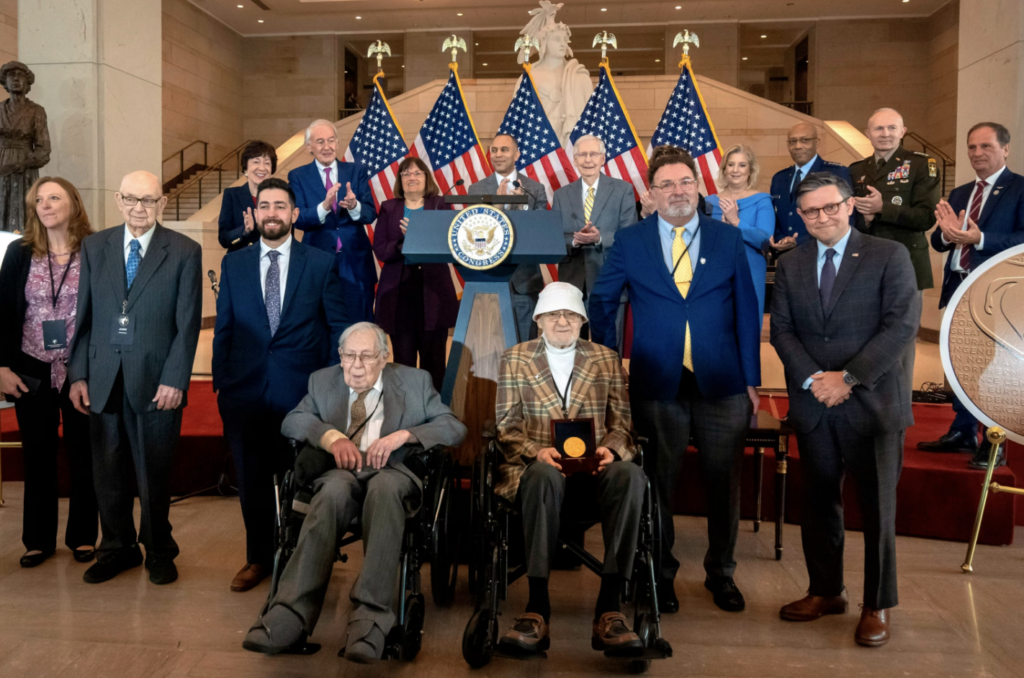
“Their weapons were unconventional but their patriotism was unquestionable,” said.Sen. Edward Markey of Massachusetts during the ceremony.
House Speaker Mike Johnson said during the ceremony that it’s estimated that between 15,000 to 30,000 lives were saved because of the Ghost Army’s work.
The legislation to honor the military units with the Congressional Gold Medal — Congress’ highest honor — was signed into law by President Joe Biden in 2022. That came after almost a decade of work by family members of the soldiers and Rick Beyer, a filmmaker and author who has who helped bring their story to light after their mission was declassified in 1996. Beyer, president of the Ghost Army Legacy Project, produced and directed the 2013 documentary “The Ghost Army” and co-authored the 2015 book “The Ghost Army of World War II.”
Honor the Past, Give a Gift to the Future
For more than twenty years, the U.S. Army Airborne & Special Operations Museum has told the stories of service members who have fought valiantly to protect the liberty we hold most dear. Today, you can honor the past by giving a gift to the future. Every donation allows the Museum to continue our mission of preserving and honoring the legendary feats of our Airborne and Special Operations Soldiers. Click below to give back to the ASOM today.



